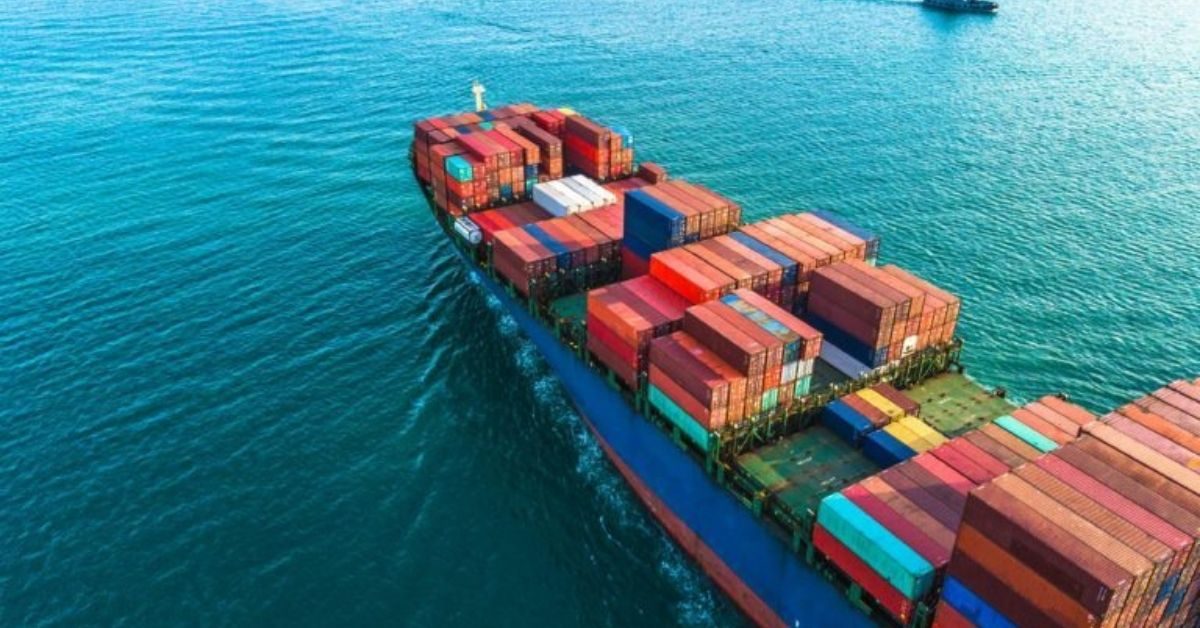Liner operators continue to struggle with a worsening supply/demand balance, affecting freight rates. On average, the fleet has grown 5% and 19% compared with 2022 and 2019 respectively. On the other hand, container volumes have fallen 2% compared to 2022 and are only 1% up compared to 2019.
“So far this year, container volumes have fallen nearly 2% year-on-year while average freight rates have declined, reaching 2019 levels in September. Since then, they have continued to fall. However, the cost to charter a ship remains 25% higher than in 2019,” stated Niels Rasmussen, Chief Shipping Analyst at BIMCO.
“Lower sailing speeds have reduced supply growth compared to 2022, but improved congestion has pulled in the other direction. According to Container Trades Statistics’ Aggregated Price Indices, average freight rates so far this year have fallen 56% year-on-year as a result but remained 19% higher than in 2019. However, in September 2023, average freight rates were back at average 2019 levels and have likely fallen further since,” added Rasmussen.
On the other hand, key cost items for the liner operators have not followed rates. So far this year, although the cost of very low-sulphur fuel oil has fallen 29% compared to 2022, it has been 5% above 2019 levels. For ships with a scrubber, heavy fuel oil prices have fallen 22% compared to 2022 but have been 22% higher than in 2019.
“The average cost to charter a new ship has so far this year fallen 73% year-on-year but has on average remained 65% higher than in 2019, and in December is still 25% above the 2019 average. Liner operators’ actual time charter costs are even higher, as they are still paying for time charter contracts concluded in 2021 and 2022 at much higher rates,” said Rasmussen.
On the other hand, the more profitable head-haul trades are performing better, with year-to-date volumes and current freight levels at 6% and 16% above 2019 levels. “As we have pointed out in our recent Container Shipping Overview & Outlook report, the fleet is expected to grow another 9% in 2024, adding further pressure to the market. Freight rate increases may therefore be hard to come by, but time charter rates are likely to continue to fall,” concluded Rasmussen.





